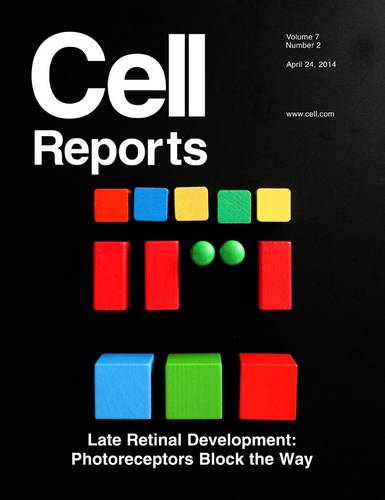
Vision is critical for life and makes it possible to perceive our environment. Therefore, correct embryonic retinal development is very important for the organism. But how do cells form the intriguing network that the working retina consists of? During the development of the central nervous system a great deal of cellular rearrangements is happening. All this needs to be tightly coordinated and while many factors involved in retinal development have been studied extensively, the influence of tissue maturation has not yet been systematically explored.
Isabell Weber, a doctoral student in Caren Norden’s group at the Max Planck Institute of Molecular Cell Biology and Genetics (MPI-CBG) and her colleagues identified a so far unknown pool of committed retinal precursors that occur at late stages of zebrafish retinogenesis. Together with two other sub-types of committed precursors, they account for the majority of late dividing cells. The scientists also found that changes in tissue architecture and arising tissue obstacles that occur during retinal layer formation can influence the position where these precursors divide as well as their morphology. Further, the study, published as a cover story in Cell Reports, supports the finding that the development of the retina is a more plastic process than previously assumed by showing that precursors can be shifted to unusual positions in order to compensate for the loss of certain neuronal cell types.
Weber et al., Mitotic Position and Morphology of Committed Precursor Cells in the Zebrafish Retina Adapt to Architectural Changes upon Tissue Maturation, Cell Reports (2014), dx.doi.org/10.1016/j.celrep.2014.03.014